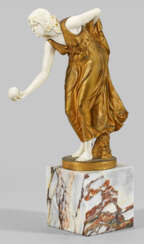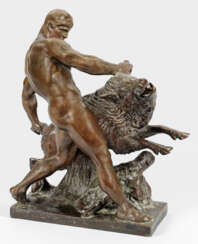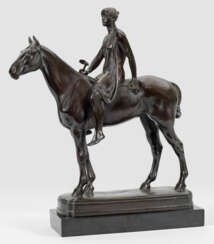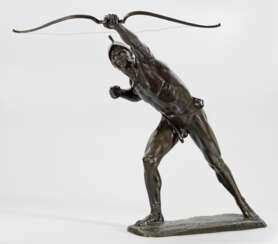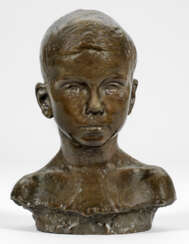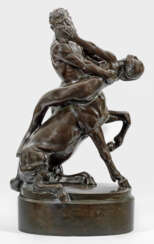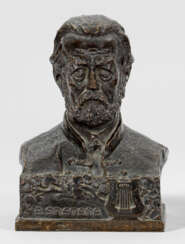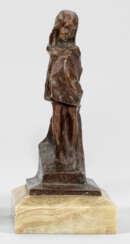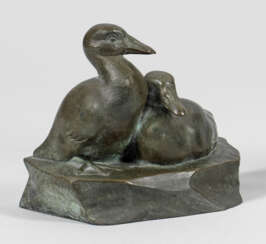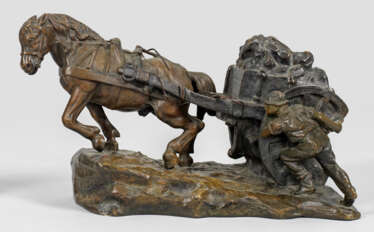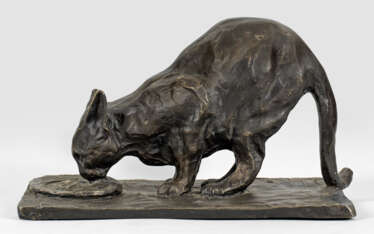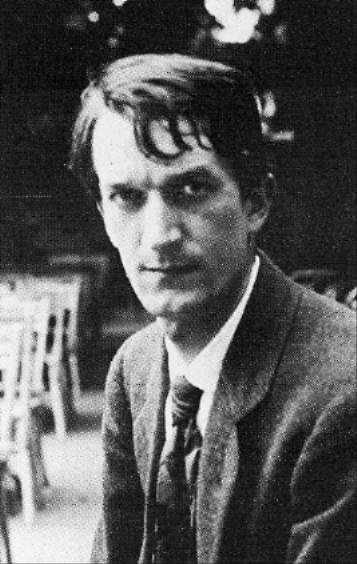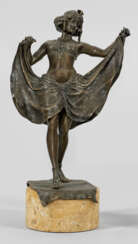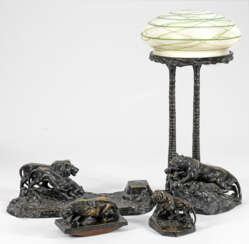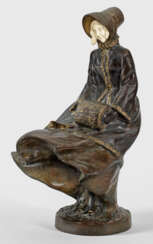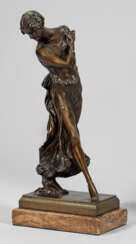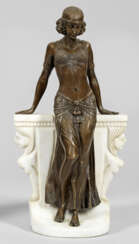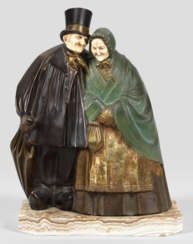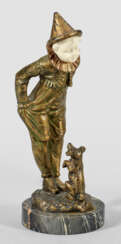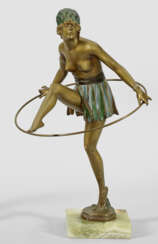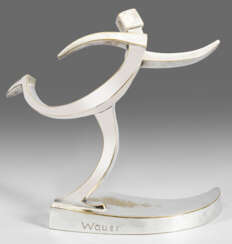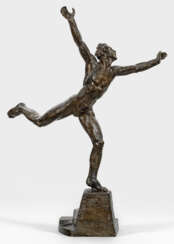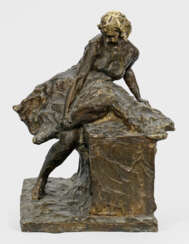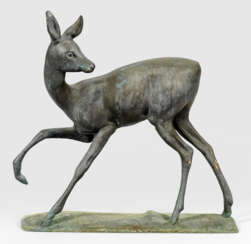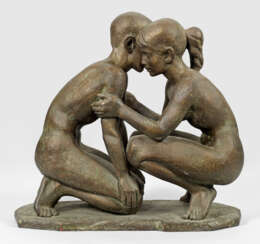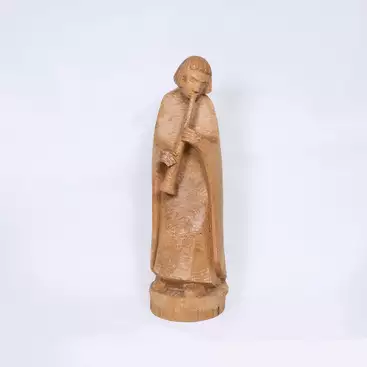
Figures and sculptures — 190. Internationale Kunstauktion - Teil I
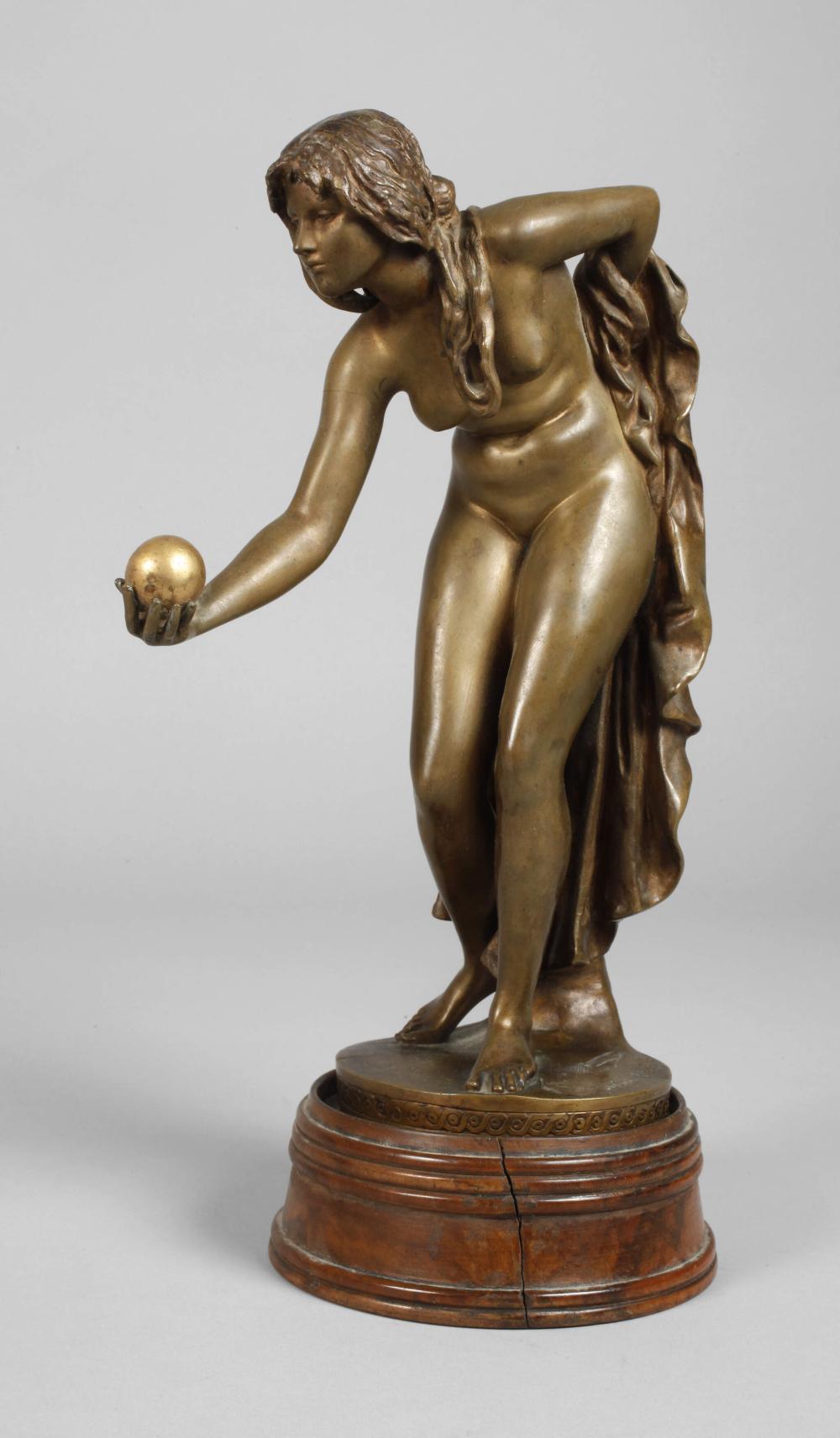
Walter Schott was a German sculptor and medalist, a representative of the neo-Baroque school of sculpture in Berlin.
Schott studied at the Berlin Academy and is the author of many sculptures for public spaces. His best-known work is "The Butcher Woman," executed in 1897 in life-size bronze for the flower garden at the southern end of the Königsallee in Düsseldorf.
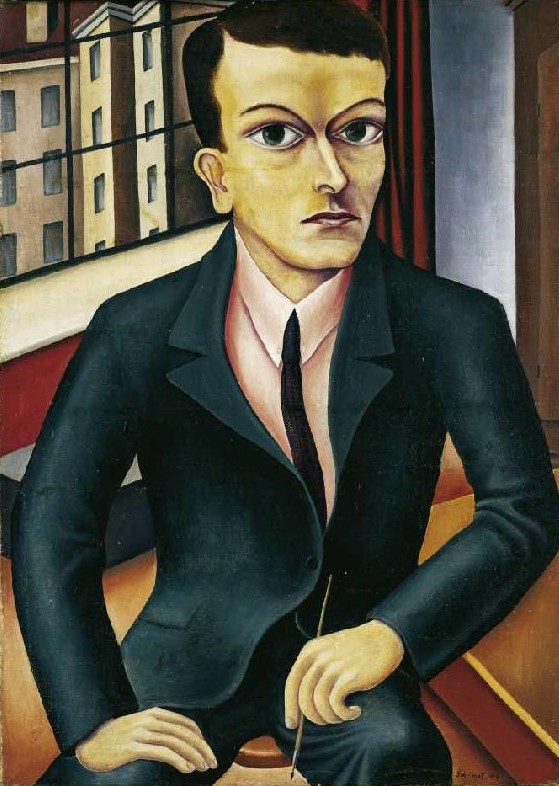
Georg Gerhard Schrimpf was a German self-taught painter and graphic artist, one of the greatest representatives of the New Objectivity movement.
Earning a living as a baker, waiter and so on, Georg constantly painted and perfected this skill. In 1915, Schrimpf moved to Berlin, where he first worked in a chocolate factory. He soon attracted the attention of the art historian, gallerist and publicist Gerwart Walden, who successfully exhibited Schrimpf's first oil paintings. He also created woodcuts for magazines. In 1920, Schrimpf exhibited for the first time at the New Secession exhibition at the Glass Palace in Munich, and a year later became a member of this group.
The motifs of Schrimpf's works were often women in melancholy moods, and his landscapes are of desolate, pure nature.
From 1926 to 1933 Schrimpf taught at the Munich School of Applied Arts, in 1933 he was appointed assistant professor at the Royal Art School in Berlin, and then the Nazi regime that came to power in Germany declared the artist's work degenerate, and 33 of Schrimpf's works were withdrawn from German museums. By the end of 1937, Georg Schrimpf was relieved of his teaching position in Berlin and died of heart failure a few months later at the age of 49.
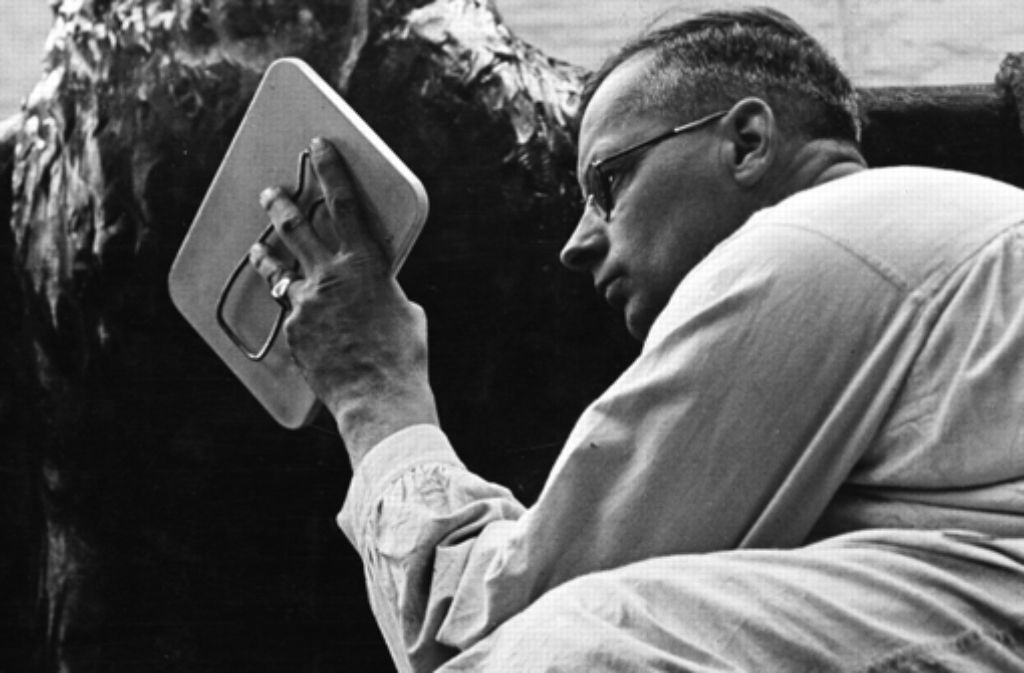
Fritz von Graevenitz was a German painter, sculptor and university lecturer. He studied fine art at the Academy of Fine Arts in Stuttgart.
The National Socialists promoted Fritz von Grevenitz as an artist and represented him several times at the Great German Art Fairs in Munich.
Fritz von Grevenitz mainly created monuments, cenotaphs, fountains, portraits and animal figures, most of which are in public places in German cities.
